How To Take Good Photos: 13 Pro Tips, Plus the Breathing Trick that Ensures a Great Shot
Whether you prefer to snap candids, group shots or nature scenes, photos are a fantastic way to preserve memories and capture moments in time. But you may be wondering just how to take them to the next level. Thankfully, you don’t need expensive equipment to produce stunning images! We got pro photographers to share how to take good photos — from landscapes to action shots — that you’re sure to cherish. Read on for the advice that will take your photos from good to great!
Avoid bright light when shooting outside
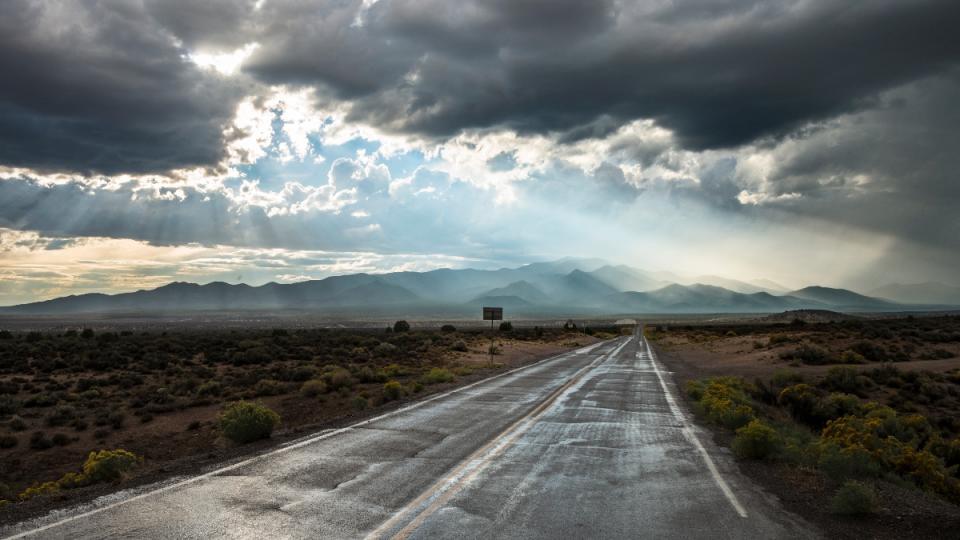
When you want to wow with nature shots, head outside on gray, overcast days, says renowned photographer and conservationist Art Wolfe. “Overcast lighting enhances color, diffusing out the blue and ultra-violet wavelength in daylight,” he shares. “This allows other colors to appear more saturated.”
Another reason to avoid nature photos on sunny days: It can result in a dim phone screen and limited visibility when trying to line up your shot. If you do get stuck shooting on a sunny day, set your screen brightness as high as possible. This helps you see through the glare to correct crooked or off-center shots.
Skew to the left for posed pictures
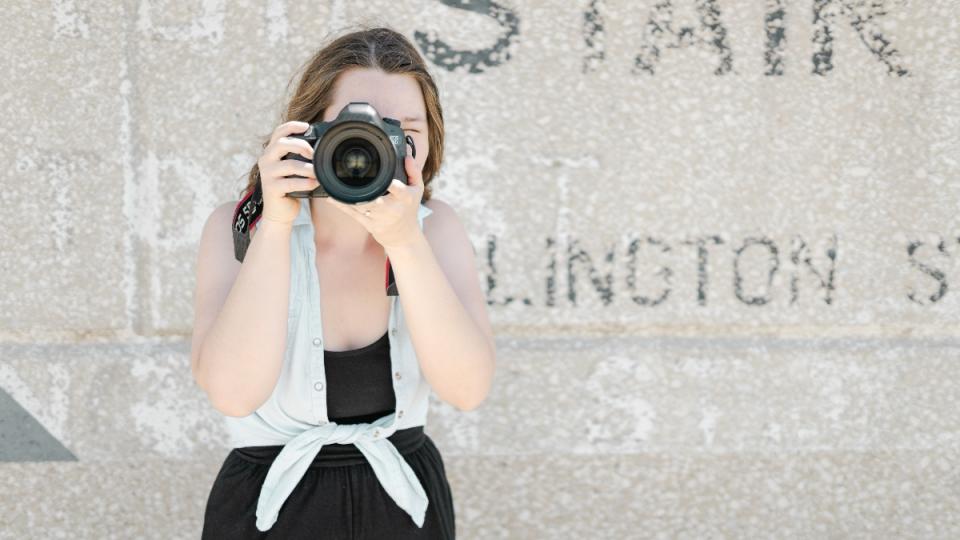
When taking a photo of a loved one, most of us automatically center the subject of our photo. But you’ll get an even better shot if you place your subject slightly to the left of the frame — a photographer’s trick called “the rule of thirds.”
This artistic theory states that our eyes are naturally drawn to images that are off-center and divided into thirds. To make composing artistic photos a snap, turn on the camera’s gridlines (a nine-panel grid that shows these divisions). Find the grid on an iPhone in the general settings menu. On an Android, it’s in the camera’s settings.
See this concept in action in the video below:
Shoot early or late for nature pictures

If you’re able, heading outside for photos around sunrise or sunset can yield impressive results! Wolfe calls dawn and dusk “margins of the day,” and he says it can be a great opportunity for photographers. “It is a time of gently colored, diffused light, adding drama and dimension to subjects,” he shares.
For sunrise photos….
Award-winning photographer Rick Sammon advises getting to your spot in the dark and shooting before the sun begins to rise: “You get the gorgeous colors in the sky, the beautiful clouds and the different tones, and there’s not a lot of contrast.” To experience the awe-inspiring moment of a sunrise, download the Sun Surveyor Lite app (available for iPhone and Android) to find sunrise times, sun position and the best spots for viewing.
For sunset photos…
When we asked Paul Reiffer, a photographer known for his landscape photos, for the secret to a great sunset photo, he shared these must-haves: an interesting foreground, an incredible sky with lots of color and finally, the sun. Or simply turn around: “Often you’ll find the most interesting colors in a direction away from the sun,” he says. “The sunset colors the scene around it — we don’t always need the big ball of light to be the star of the show!”
Be your own tripod for action shots
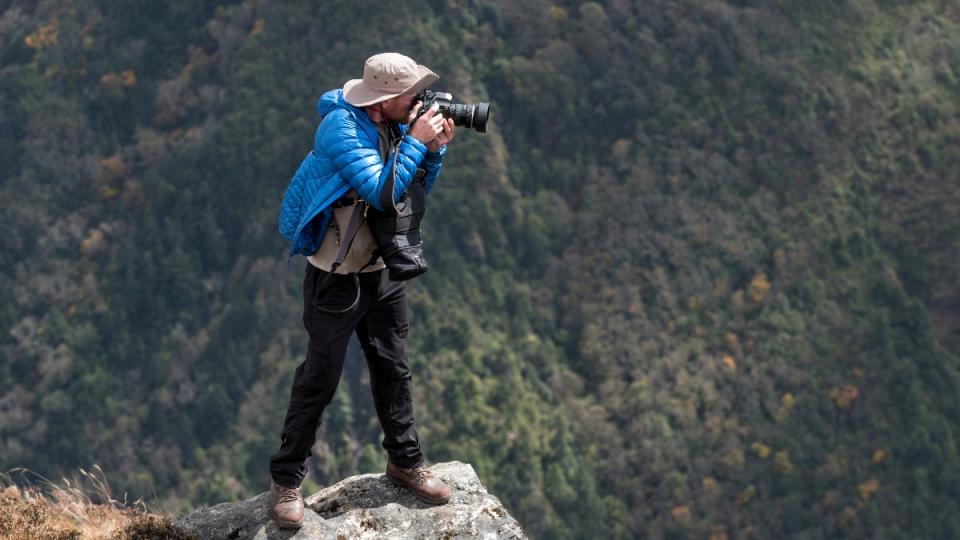
Objects in motion don’t have to be a blur, says veteran photographer Charlie Borland, who has been taking action shots of mountain bikers, rafters and kayakers at Oregon’s Deschutes River and Blue Mountain for more than 30 years.
The key to getting an amazing shot? “Keep the camera still amid all the activity.” To do that, Borland advises turning yourself into a human tripod: Stand with your feet slightly apart, lock your elbows into your sides and hold the camera at eye level. Before snapping the picture, take a deep breath and exhale — a trick pro photographers swear by since breathing creates movement in the chest that can cause your camera to move, blurring the shot.
Zoom with your feet with a smartphone camera
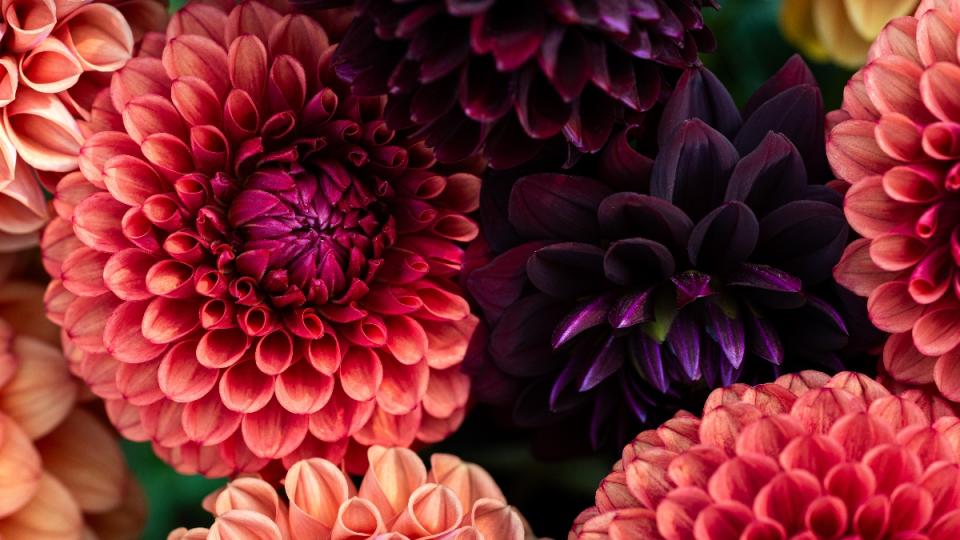
Unlike cameras, which have an “optical zoom” lens that physically moves closer to the subject, phone cameras have a digital zoom, which enlarges the center of the image to make it appear nearer. But this enlarges each pixel, leading to a fuzzy shot.
That’s why savvy shutterbugs step closer to their subject when taking photos with a smartphone. “I take advantage of this trick whenever I can,” says Kara Markovich, whose photos are so good that they were sold to a stock photo agency. “My favorite shots of people are when I get super close.”
Get down low for animals

For wildlife photos, the secret is in the camera angle. You want to be at the same height as the animal or slightly below, explains photographer John Gerlach, co-author of Digital Nature Photography. This angle makes the animals look larger than life and your photos even more impressive! What's more, when takint pet photos, Salessi says getting down on their level puts the animal at ease and guarantees a more natural shot.
When taking photos of animals, place the subject slightly to the left of center, as part of the “rule of thirds” trick described above. (Want to get great photos of zoo animals? Find out the best times to see them in action!)
Avoid the flash at night
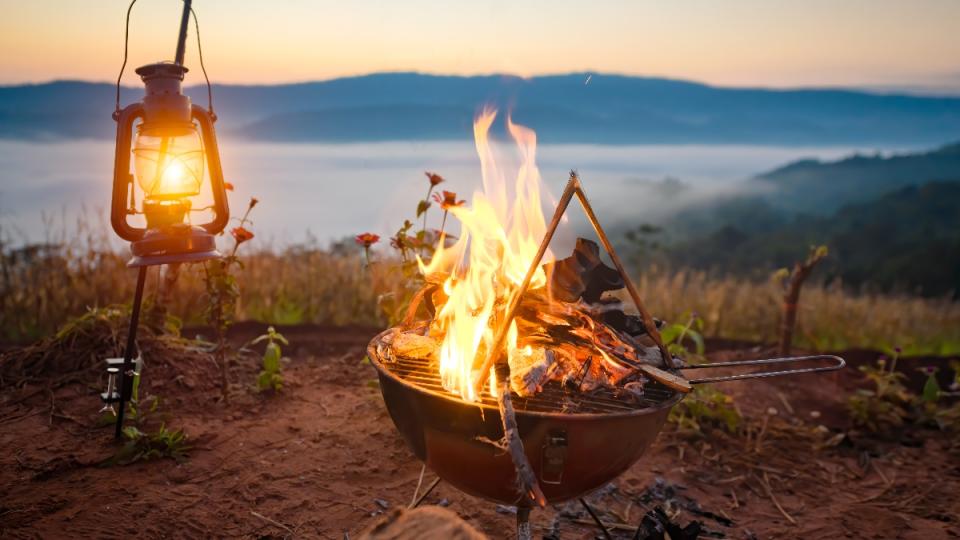
The flash will create washed out, unnatural looking photos. Instead, photographer Amy Salessi suggests using ambient light, like streetlights or a campfire to brighten the scene. No lights nearby? A flashlight or smartphone will do: “I use a flashlight app and have a helper shine it near my subject.”
Create depth with landscapes
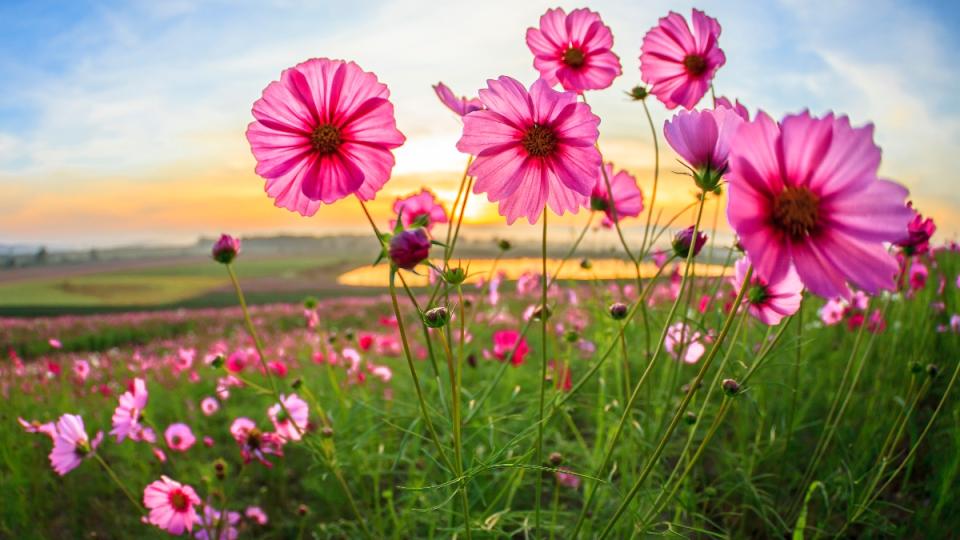
From sprawling fields to shimmering ponds, nature’s beauty can be awe-inspiring. The best way to get a memorable landscape shot? “Look for a strong foreground to lead the viewer into the scene,” suggests Gerlach. “If you have a gorgeous mountain in wonderful light, look for wildflowers or interesting rocks or reflections in a pond to add to your image.”
Capturing the wonder in a landscape photo comes down to creating depth. “By juxtaposing something closer to the camera with objects farther away, you suggest depth in the landscape,” adds says photographer Brenda Tharp, author of Expressive Nature Photography. “That creates more impact.”
Related: “I’m on a Quest To Visit Every National Park — Here’s What I’ve Learned”
Reconsider shots from below
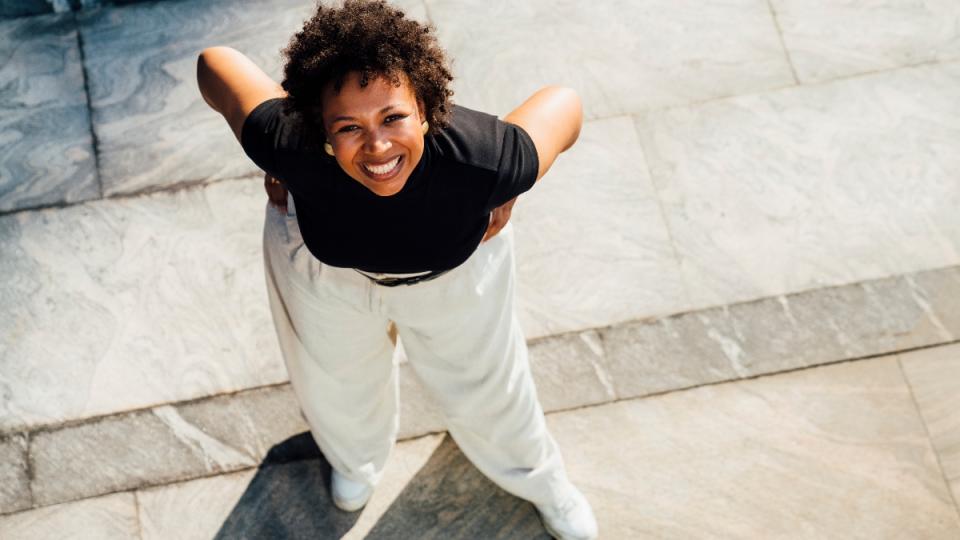
“Pictures taken from above are more flattering,” says Salessi. The reason: Your subject has to look up, which elongates the neck. Plus, facing overhead light puts a sparkle in your subject’s eyes. Looking down, on the other hand, can add shadows — and an extra chin! (Having your portrait taken? Click through to discover the best ways to pose!)
Use HDR for colorful skies
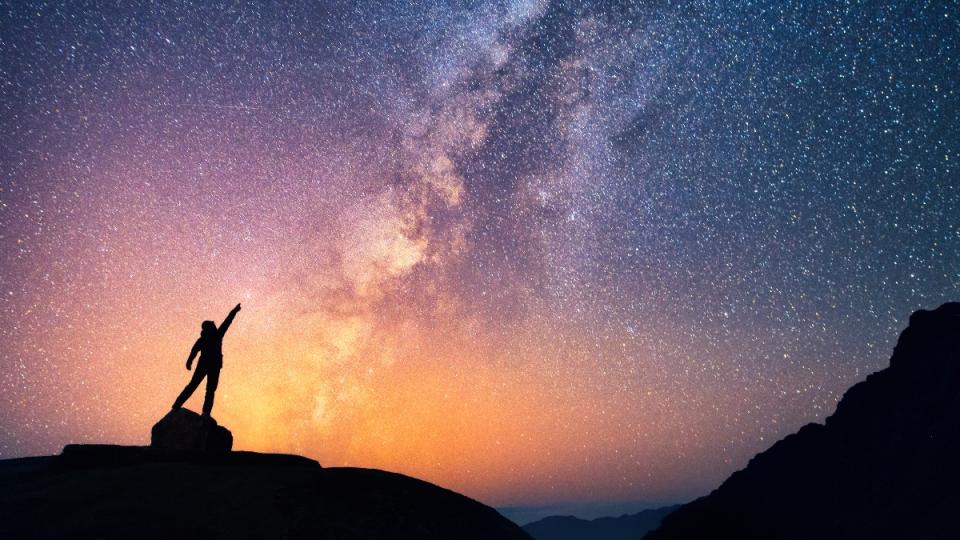
The reason those photos we snap of gorgeous sunsets and mountain views rarely fully capture nature’s true beauty: The human eye is 10 times more sensitive to light variations than a camera. Fortunately, most cameras—even on smartphones—now have a fix for that.
“The ‘high dynamic range,’ or HDR, setting brings details out of the shadows and brightens highlights for a natural appearance,” says Borland. “Using HDR results in a more saturated, colorful photo.” To activate it on an iPhone, turn on your camera and tap HDR. On an Android, click HDR in the camera’s settings
Switch to video for kid shots
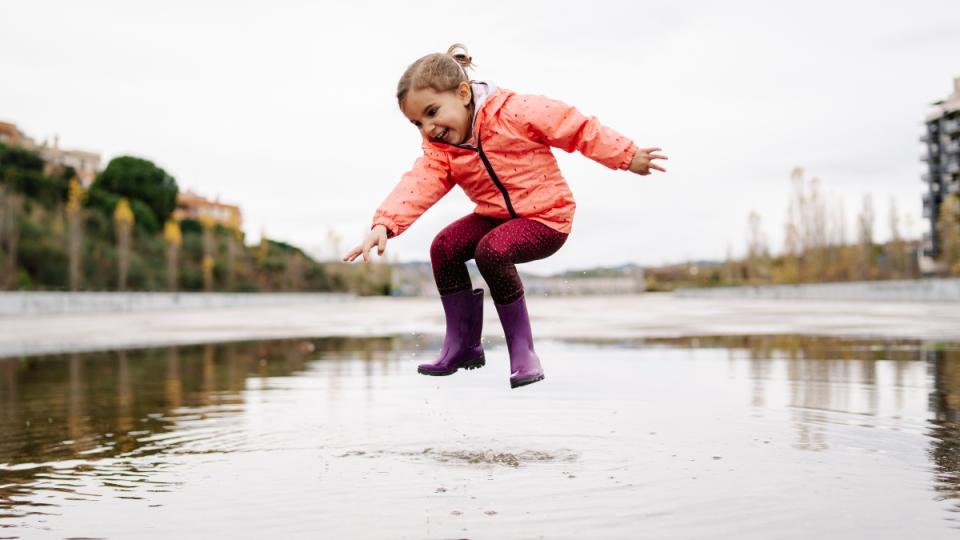
Children can be tricky moving targets for photographers. The key to capturing them in the perfect pose: Take a video instead of a still shot.
“It’s a quick way to get a lot of options,” says Amanda McConnell, a photographer who has spent the past 24 years taking photos of her nieces and nephews. To find the winning shot, watch the video clip, hit pause when you see the optimal moment, then take a screenshot. “Ta-da!” says McConnell. “Perfect photo — no yelling or retakes needed.”
Also smart: Switch off your phone’s noise alerts. Nothing ruins a video (or photo) more than trying to capture a moment at the exact second your phone begins to ding from an incoming text message or call.

